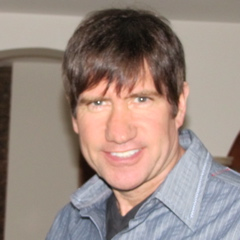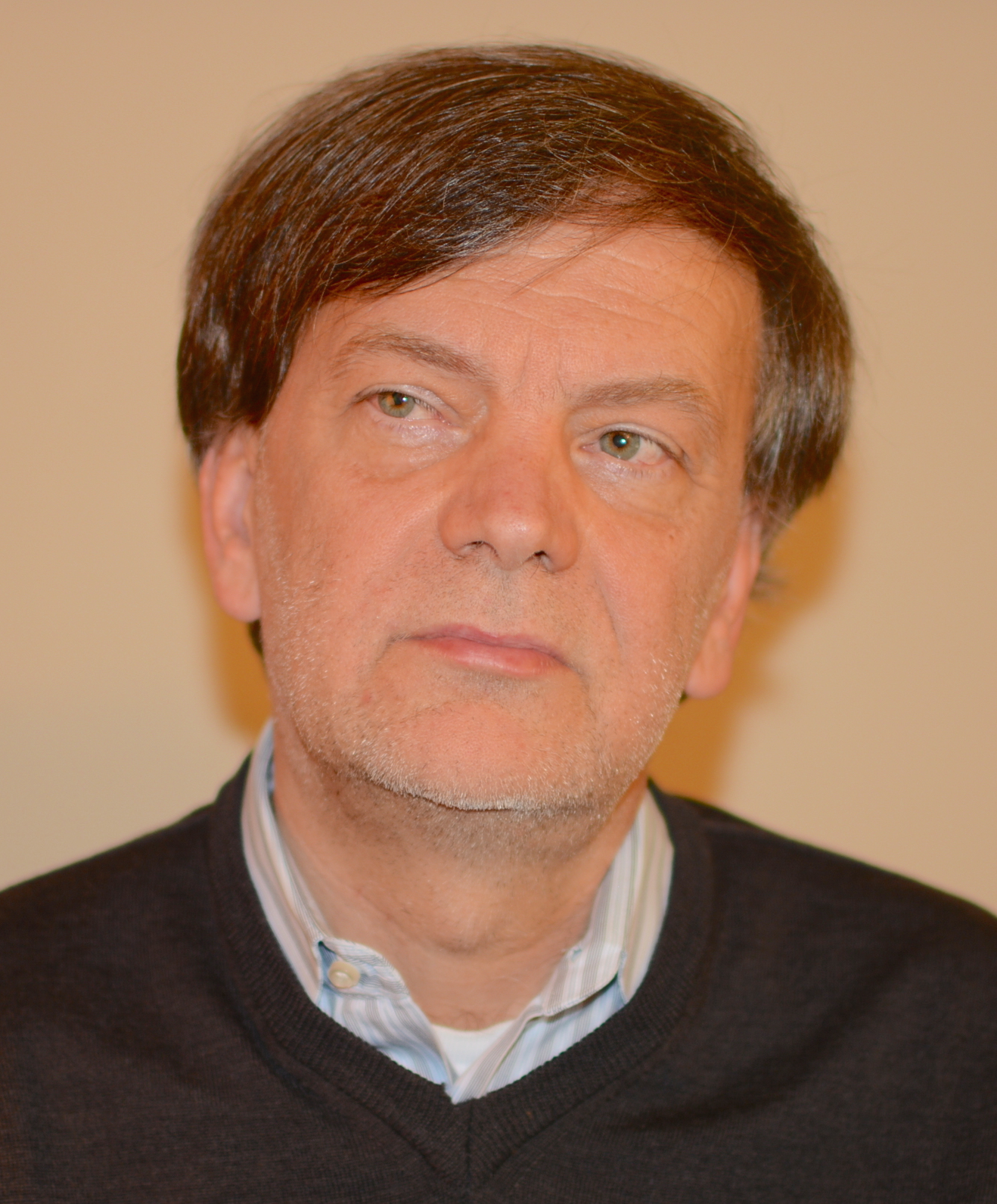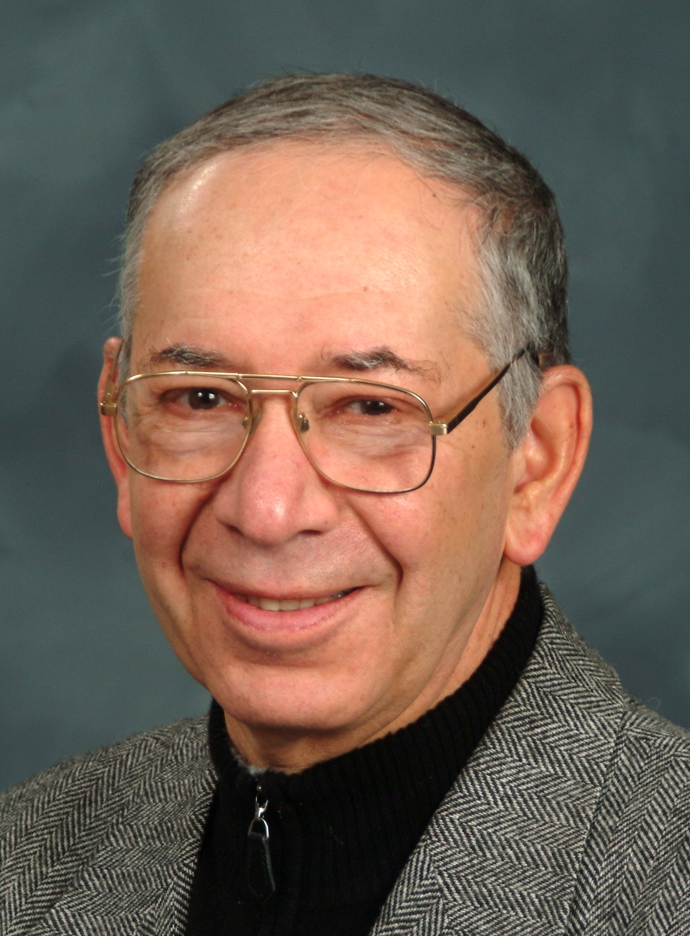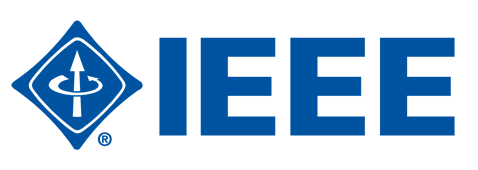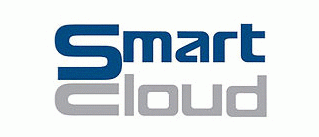Dr. Henry Lieberman
Massachusetts Institute of Technology
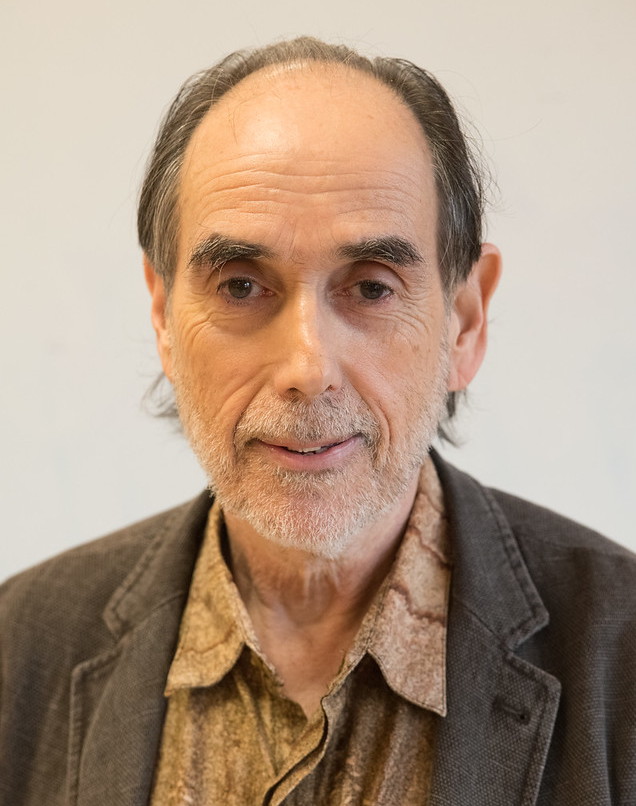
|
A vast number of problems with collective decision making in today's
society have the same root cause -- misunderstanding the tradeoff
between cooperation and competition. We're so busy competing with one
another that it's hard to work together to constructively solve the
pressing problems of our time.
But there's good news. Technological advances like AI and decision
support systems will help, but in a surprising way -- by making it
possible for people to feel more cooperative with one another.
We need to bring our decision-making processes into the 21st
century. Bascally, we now use one of two time-worn procedures --
either the democratic "emote and vote", or the authoritarian "plea and
decree". Neither forms the best basis for rational problem solving.
Inspired by the social processes of the scientific community,
and enabled by intelligent decision support tools, we need to
better align the values of individuals and organizations.
Not only can we "just get along", but we'll be much better able to
achieve our shared goals.
Bio:
Henry Lieberman is Research Scientist at the MIT Computer Science and Artificial Intelligence Laboratory (CSAIL). His interests are in the intersection of Artificial Intelligence and Human-Computer Interaction, to make computers smarter and more helpful to people. At the Media Lab since 1987, he directed the Media Lab's Software Agents group as Principal Research Scientist.
He served on the board of directors of the Association for the Advancement of Artificial Intelligence (AAAI), the professional organization for AI. He was twice Program Chair of the Intelligent User Interfaces conference. He has edited or co-edited three books, including End-User Development (Springer, 2006), Spinning the Semantic Web (MIT Press, 2004), and Your Wish is My Command: Programming by Example (Morgan Kaufmann, 2001). The fourth, with Christopher Fry, Why Can't We All Just Get Along? (2017) is also the subject of a TEDx talk. He has over 120 academic publications, several Best Paper awards, and 3 US patents. He also consults for industry.
Some of his current projects involve modeling human commonsense reasoning, decision support tools, interactive machine learning, visualization of knowledge and reasoning, and programming environments for education, non-expert users and for development of AI programs. Application areas include social media, multilingual communication, medicine, consumer electronics, management of photo and media libraries, e-commerce, and more.
From 1987-1994 he worked with graphic designer Muriel Cooper on tools for visual thinking, and new graphic metaphors for information visualization and navigation. He holds a strong interest in making programming easier for non-expert users. He is a pioneer of the the technique of Programming by Example, where a user demonstrates examples, which are recorded and generalized using techniques from machine learning. He has also worked on reversible debuggers, visual programming in 2D and 3D, and natural language programming.
From 1972-87, he was a researcher at the MIT Artificial Intelligence Laboratory, now CSAIL. He started with Seymour Papert in the group that originally developed the educational language Logo, and wrote the first bitmap and color graphics systems for Logo, and a seminal graphics algorithm for curve-filling. He also worked with Carl Hewitt on actors, an early object-oriented, parallel language, and invented the notion of prototype object systems and the first real-time garbage collection algorithm, now the basis of most dynamic memory programming languages. He holds a doctoral-equivalent degree (Habilitation) from the University of Paris VI (Sorbonne) and was a Visiting Professor there.
|
